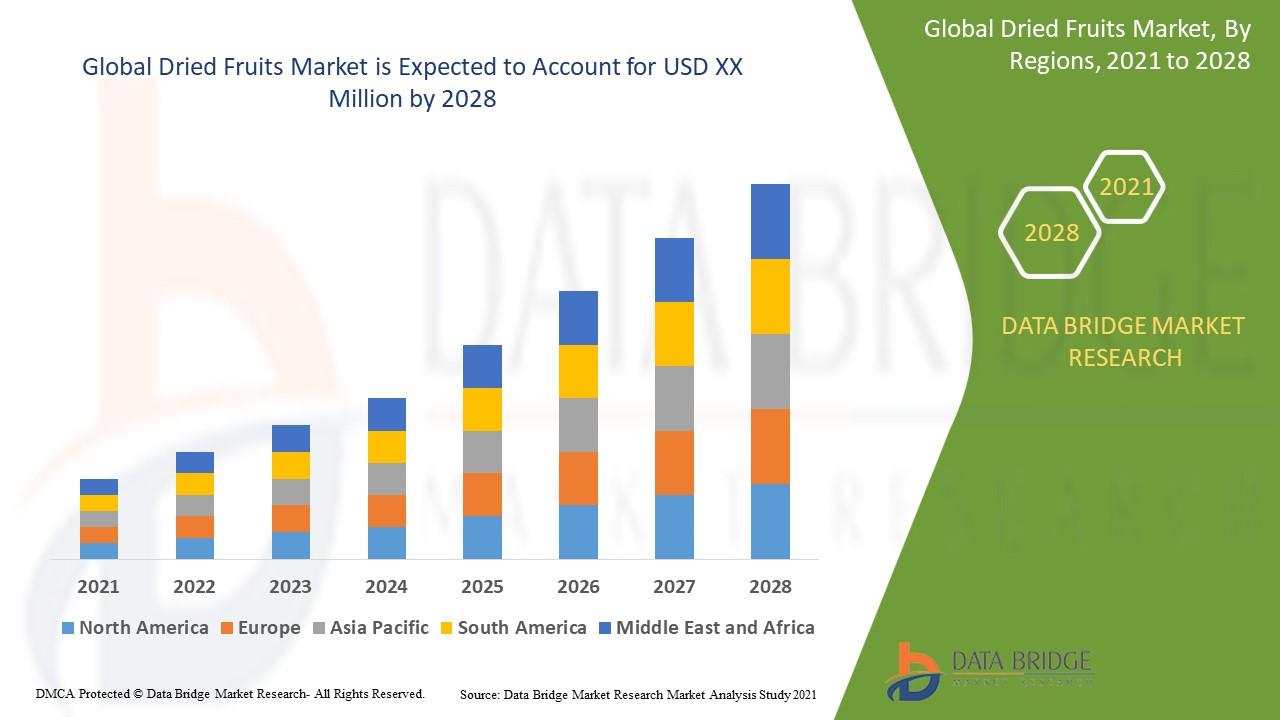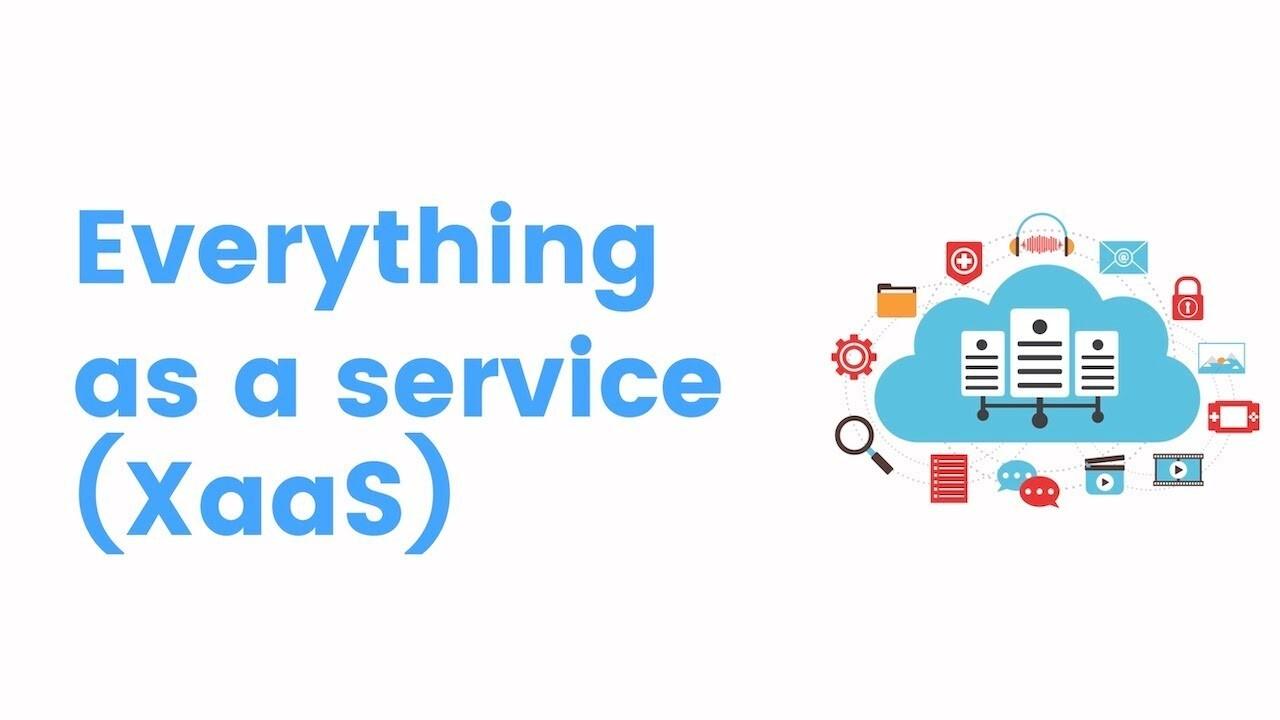A Strategic Analysis of the Global Advertising Software Market Share

The global Advertising Software Market Share is famously concentrated in the hands of a few technology behemoths, creating a dynamic often referred to as the "walled gardens" versus the "open internet." The undisputed leaders in the market are Google and Meta (formerly Facebook). Together, they command a huge majority of the total digital ad spend. Google's dominance is built upon its powerhouse search engine, which captures user intent, and its massive YouTube video platform. It offers a comprehensive, vertically integrated ad stack, including Google Ads for advertisers, Google Ad Manager for publishers, and the DV360 demand-side platform. Meta's market share is derived from the immense user base and rich first-party data of its Facebook and Instagram social networks, allowing for incredibly precise demographic and interest-based targeting through its self-serve ads platform. These "walled gardens" control both the audience and the ad technology, creating a powerful and self-contained ecosystem.
A third giant that has rapidly gained market share is Amazon. By leveraging its massive trove of first-party e-commerce data—what people are actually searching for and buying—Amazon has built a formidable advertising business. Its platform is particularly valuable for brands selling products on Amazon, as it allows them to place sponsored product ads directly at the point of sale, influencing purchase decisions with unparalleled effectiveness. The rise of Amazon as a major advertising player has created a "triopoly," with Google, Meta, and Amazon now controlling a vast portion of the digital advertising landscape. Their collective market share is built on the foundation of their massive user bases and their unique, proprietary first-party data assets, which are incredibly difficult for any other company to replicate.
Competing with these walled gardens is the ecosystem of the "open internet," which consists of all the other websites and apps that are not owned by the tech giants. The advertising software market share in this space is more fragmented but is led by a few key independent technology companies. The most prominent of these is The Trade Desk, which is the leading independent Demand-Side Platform (DSP). It provides agencies and advertisers with a platform to buy ads across the entire open internet, including display, video, and connected TV. On the supply side, companies like Magnite and PubMatic are leading Supply-Side Platforms (SSPs) that help publishers monetize their inventory. These independent ad tech companies are crucial for providing an alternative to the walled gardens and ensuring a healthy, competitive ecosystem.
The battle for market share is a key dynamic shaping the industry's future. The walled gardens offer simplicity and access to massive, high-quality audiences and data, but they lack transparency and can lock advertisers into their ecosystem. The open internet offers more flexibility, choice, and transparency but can be more complex to navigate. Advertising Software Market is Growing at a CAGR of 6.09%, Estimated to Reach a Valuation of from USD 24.06 Billion to USD 46.1 Billion During 2025 - 2035. The ongoing competition between these two models is a major factor in the market's evolution. As concerns about privacy and the deprecation of third-party cookies grow, the relative market share between the walled gardens (with their first-party data) and the open internet may shift significantly, creating a major strategic realignment in the industry.
Explore Our Latest Trending Reports:
Enterprise Social Networks And Online Communities Market Size
Corporate Flows B2B Payment Market Size




